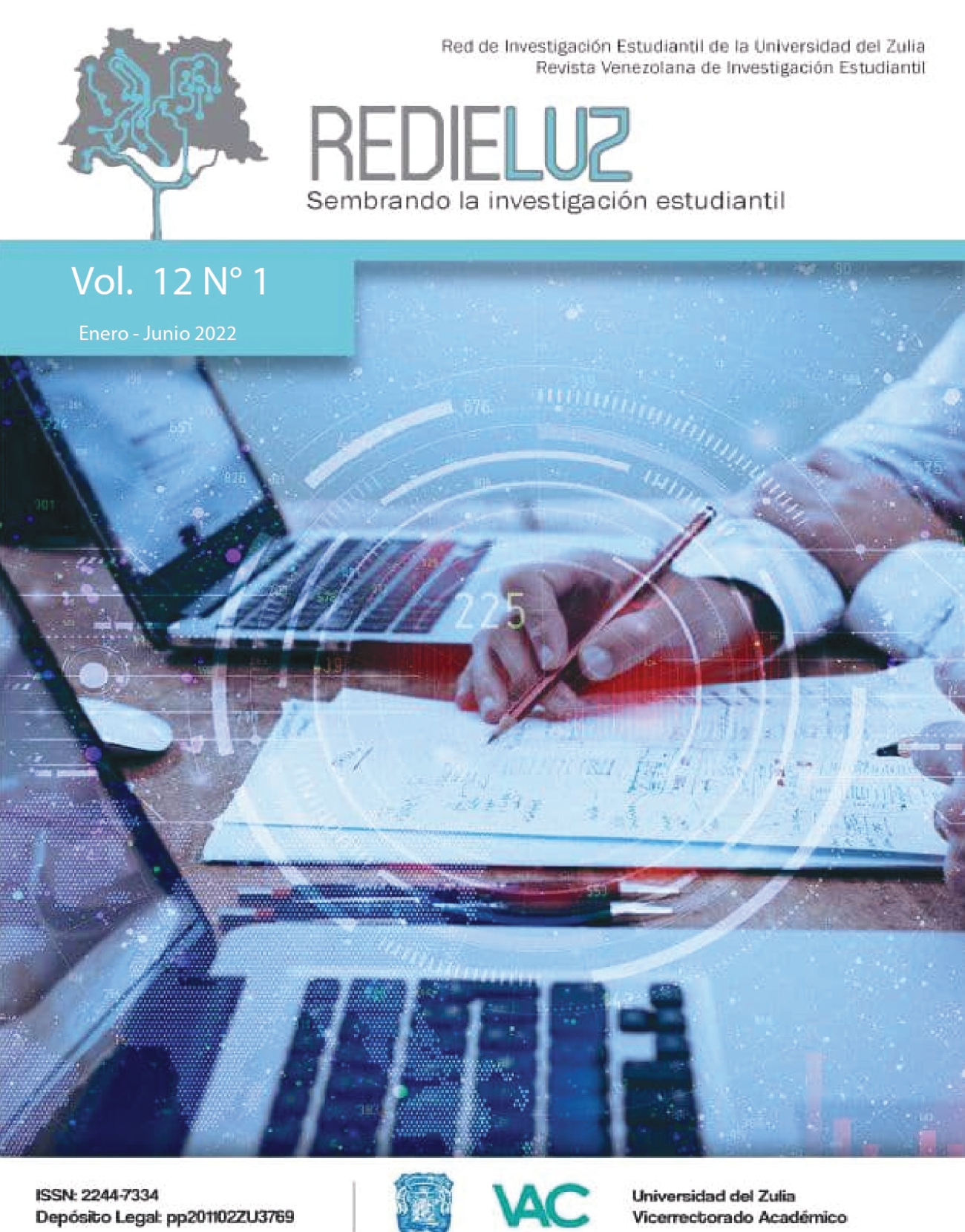Social networks and workshops on prevention of human papillomavirus infection in college students
Abstract
The objective was to compare the effectiveness of an educational intervention program through social networks and prevention workshops in relation to the human papillomavirus directed to male and female university students of Medicine at the
Universidad Laica Eloy Alfaro de Manabí, Ecuador. Methodologically, the study was descriptive and comparative, longitudinal, of experimental design, with a sample of 80 students, men and women between 18 and 22 years of age. There were no significant differences in the two groups p>0.05 in terms of age and sex and 100% of the students indicated that they had knowledge about how the HPV virus is transmitted, they revealed to have no doubts about the symptomatology, as well as about the diagnosis and treatment of HPV. The students also revealed that the most effective social network was the video, watched by WhatsApp and based on the Pearson Correlation, regarding the diagnosis and treatment of HPV; the knowledge of the students who received the intervention increased considerably, in relation to what they showed before and a strong and positive relationship was observed. It is concluded that there is a need to make a proposal aimed at implementing an educational program, and that social networks are the best way to motivate students to acquire knowledge that will allow them to prevent the Human Papilloma Virus
Downloads
References
Contreras González R, Santana MA, Jiménez Torres E, et al. (2017). Nivel de conocimientos en adolescentes sobre el virus del papiloma humano. Enfermería Universitaria [Internet]. [citado 4 ago. 2017];14(2):104-10. Disponible en: https://www.elsevier.es/es-revista-enfermeria-universitaria-400-articulo-nivel-conocimientos-adolescentes-sobre-el-S1665706317300155
INEC. (2017). Nacimientos y Defunciones | Instituto Nacional de Estadística y Censos [Internet]. https://www.ecuadorencifras.gob.ec/nacimientos-y-defunciones-2017/
Melo A, Montenegro S, Liempi S, Moreno S, de-La-Barra T, Guzmán P, Bustos L, Fonseca-Salamanca F. (2019) Frecuencia de alteraciones citológicas cervicales y virus papiloma humano en una muestra de estudiantes universitarias en Temuco, ChileRev Chilena Infectol. 36 (4): 421-427.doi: 10.4067 / S0716-10182019000400421
Organización Mundial de la Salud, OMS. (2017). Inmunización, vacunas y productos biológicos: Virus del papiloma humano (VPH). Obtenido de sitio web OMS: https://www.who.int/immunization/diseases/hpv/es/
Palencia-Sánchez 1, Sandra Johanna Echeverry-Coral 2 PMID: 32770873 DOI: 10.18597 / rcog.3448 Rev. Colom Obstet Ginecol Junio de (2020); 71 (2): 178-194.doi: 10.18597 / rcog.3448.
Pérez-Ponce, P., López-Ledezma, L., Méndez-González, M. G., & Vázquez-Martínez, V. H. (2016). Cáncer cérvicouterino, reporte de tres años en una unidad médica de atención ambulatoria. Atención Familiar, 23(1), 4-7.
Copyright
Authors who publish in this journal agree to the following terms:
Authors retain copyright and grant the journal the right to be the first publication where the article is submitted, which is published under a Creative Commons Attribution License, which allows others to share the work upon acknowledgment of authorship of the work and initial publication in this journal.
Authors may separately enter into additional agreements for non-exclusive distribution of the version of the work published in the journal (e.g., placing it in an institutional repository or publishing it in a book), with an acknowledgement of its initial publication in this journal.
This work is licensed under the license:
Creative Commons Attribution-NonCommercial-ShareAlike 4.0 International (CC BY-NC-SA 4.0).



3.png)


_.jpg)

_(1).jpg)
1.jpg)





